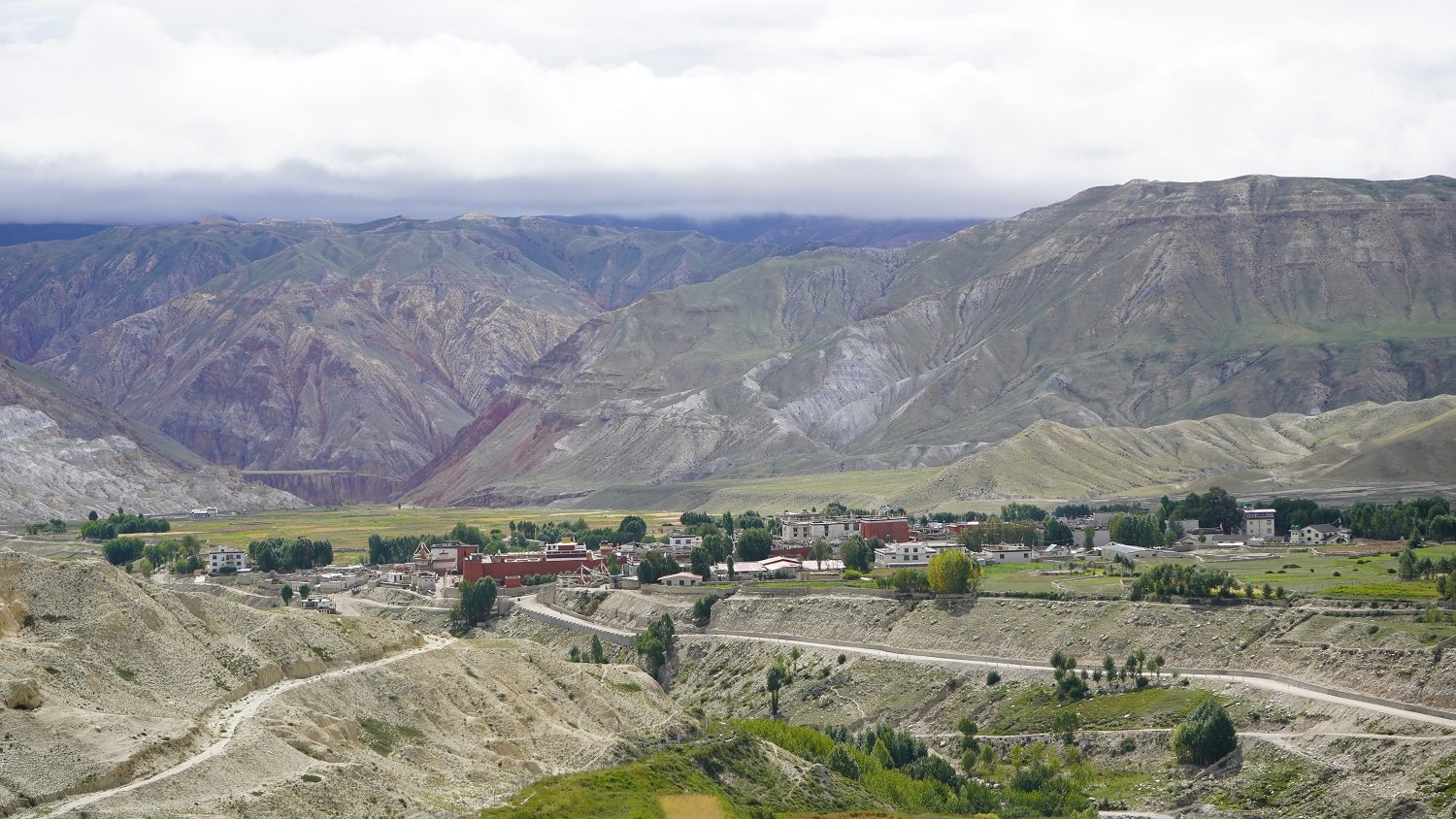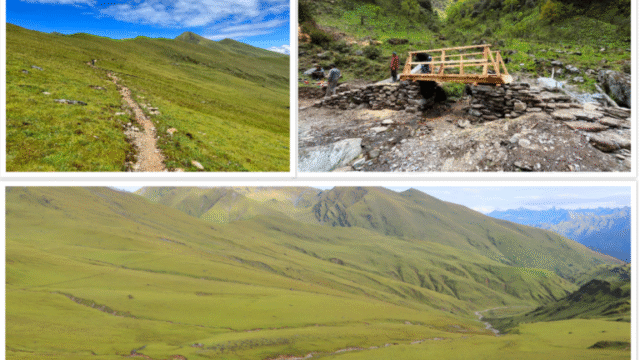A 31-year-old Italian tourist, Diago Mario Pinto, who became ill due to high altitude sickness in Upper Mustang, was safely rescued late Sunday night. The rescue operation was carried out by the health team of Lomanthang Rural Municipality using an ambulance.

Pinto had been visiting Upper Mustang, which lies at an elevation of around 4,000 meters above sea level. He started experiencing symptoms of altitude sickness such as breathing difficulties and severe headaches prompting immediate action. In coordination with the rural municipality, he was taken by ambulance to the Province Hospital in Jomsom, as confirmed by the Acting Chief Administrative Officer of Lomanthang, Bikash KC.
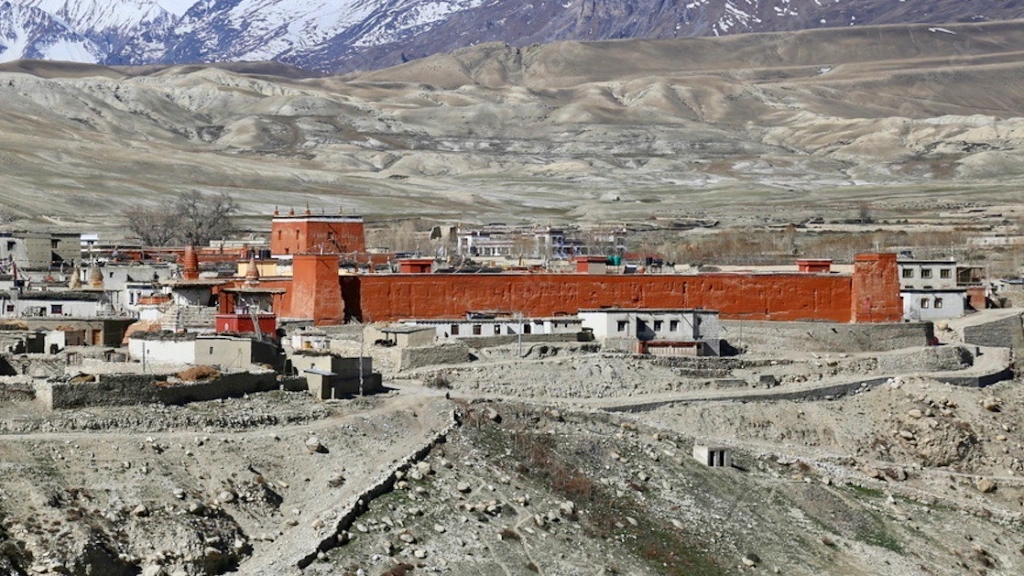
To ensure his safety during transport, the municipality arranged for two health workers and a supply of oxygen to accompany him in the ambulance. Pinto had entered the restricted and controlled area of Upper Mustang with a special 10-day permit, which costs $500. According to KC, this is the first known incident where a foreign tourist visiting Upper Mustang became seriously ill due to altitude sickness and required emergency evacuation.
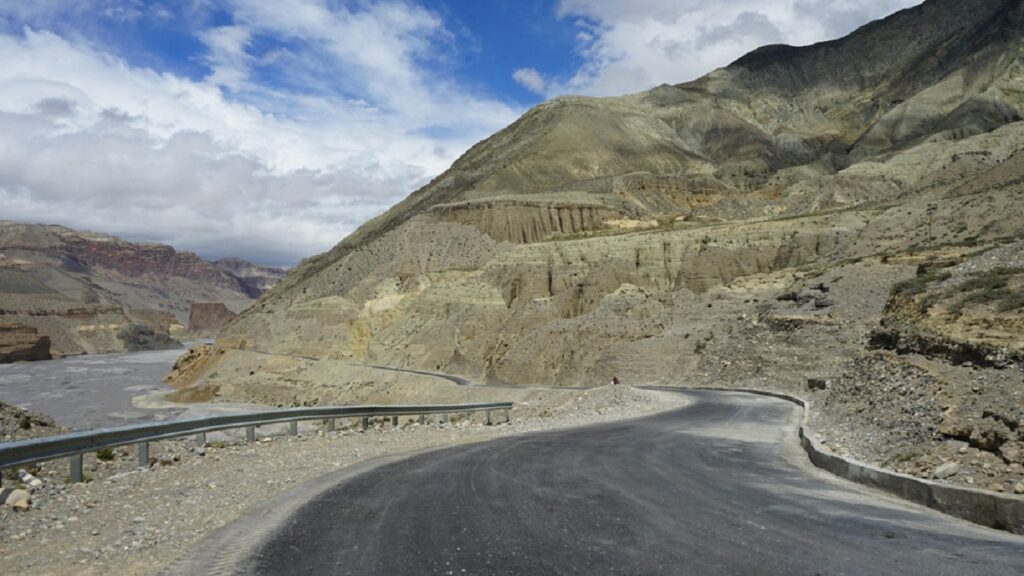
Pinto, who had traveled about 90 kilometers into Upper Mustang, was admitted to Province Hospital Jomsom at midnight. Dr. Bishal Sapkota, a physician at the hospital, confirmed that Pinto’s condition is now stable and not life-threatening. He had reached Lomanthang along with two French nationals and three local trekking guides when the symptoms appeared.
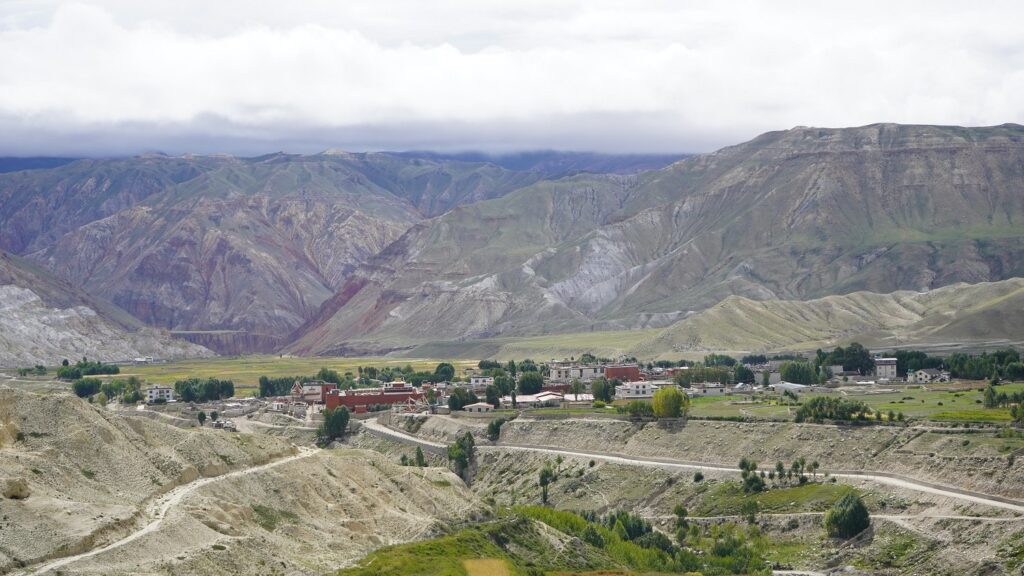
Altitude sickness has been a serious issue in this Himalayan region. In 2081 B.S. (2024 A.D.), 11 tourists including two Nepali citizens and nine foreigners lost their lives due to high altitude sickness in Mustang. Similarly, in 2080 B.S. (2023 A.D.), 17 people, including six Nepalis, died from similar causes. Medical experts warn that tourists often face altitude-related problems when they trek in high-altitude areas without proper rest. Elderly travelers and those with pre-existing health conditions are especially at risk.
